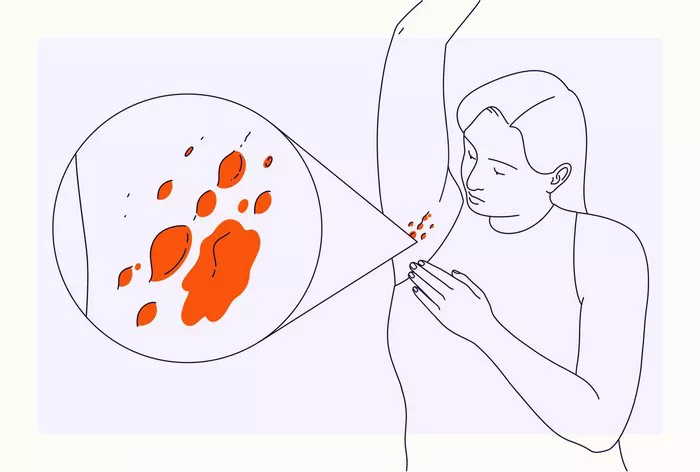Vitiligo is a skin condition characterized by the loss of pigment in patches of the skin, resulting in white spots or patches. The exact cause of vitiligo is not fully understood, but it is believed to involve autoimmune, genetic, and environmental factors. One of the most common questions asked by individuals diagnosed with vitiligo, especially in its early stages, is whether it can be cured. Understanding the nature of vitiligo and the available treatment options can shed light on this question and guide individuals towards effective management strategies.
Understanding Vitiligo
Vitiligo occurs when melanocytes, the cells responsible for producing melanin (the pigment that gives skin its color), are destroyed or stop functioning. As a result, affected areas of the skin lose their color and become lighter or white. This condition can affect any part of the body, including the skin, hair, and mucous membranes.
The onset of vitiligo often begins with small, pale patches on the skin that may gradually enlarge and spread over time. Vitiligo can be particularly distressing due to its noticeable appearance, and it can impact a person’s self-esteem and quality of life.
Early Stage Diagnosis and Treatment
Early detection of vitiligo is crucial as it allows for prompt intervention and potentially better treatment outcomes. In the early stages of vitiligo, the depigmented patches may be small and localized. At this stage, treatment strategies can be more effective in halting the progression of the condition and even restoring some pigmentation.
Treatment Approaches
While there is currently no definitive cure for vitiligo, several treatment options are available to manage the condition, particularly in its early stages. The goal of treatment is to repigment the affected skin and prevent further loss of pigment. Treatment approaches may include:
1. Topical Corticosteroids: Corticosteroid creams or ointments are commonly used to help restore pigment to the affected areas. These medications work by suppressing the immune response that is attacking the melanocytes.
2. Topical Calcineurin Inhibitors: Another option for topical treatment involves using calcineurin inhibitors, such as tacrolimus or pimecrolimus. These medications help to modulate the immune response and can be effective in repigmenting vitiligo patches.
3. Phototherapy: Phototherapy involves exposing the skin to ultraviolet (UV) light. Narrowband UVB therapy is often used for vitiligo and can stimulate pigment production in the skin.
4. Excimer Laser Therapy: This targeted laser treatment can be effective for repigmenting small areas of vitiligo. The excimer laser delivers UVB light directly to the affected patches.
5. Depigmentation: In cases where vitiligo is extensive and affecting a large portion of the skin, depigmentation therapy may be an option. This involves lightening the unaffected skin to achieve a more uniform appearance.
Prognosis and Considerations
The prognosis for vitiligo varies depending on factors such as the extent of depigmentation, the rate of progression, and individual response to treatment. In early-stage vitiligo, there is a higher likelihood of achieving successful repigmentation with appropriate treatment interventions.
It’s important to note that response to treatment can vary widely among individuals. Some people may experience significant repigmentation, while others may have more limited results. Additionally, vitiligo can be unpredictable, with periods of stability followed by periods of progression.
The Role of Early Intervention
Early intervention is key in the management of vitiligo. By seeking treatment in the early stages of the condition, individuals can potentially slow down or halt the progression of vitiligo and achieve better cosmetic outcomes.
In addition to medical treatment, individuals with vitiligo can benefit from strategies to manage the emotional and psychological impact of the condition. Support groups, counseling, and dermatologist-led education can be invaluable in helping individuals cope with vitiligo and its effects on self-image.
Conclusion
While there is no definitive cure for vitiligo, early detection and intervention can significantly improve outcomes. Treatment options such as topical medications, phototherapy, and laser therapy offer promising results, particularly in the early stages of the condition. The goal of treatment is to restore pigmentation, prevent further depigmentation, and enhance the quality of life for individuals living with vitiligo.
If you suspect that you have vitiligo or notice any changes in your skin, consult a dermatologist promptly for evaluation and personalized treatment recommendations. With proper management and support, individuals with vitiligo can effectively manage the condition and lead fulfilling lives.
Related Topics:

























